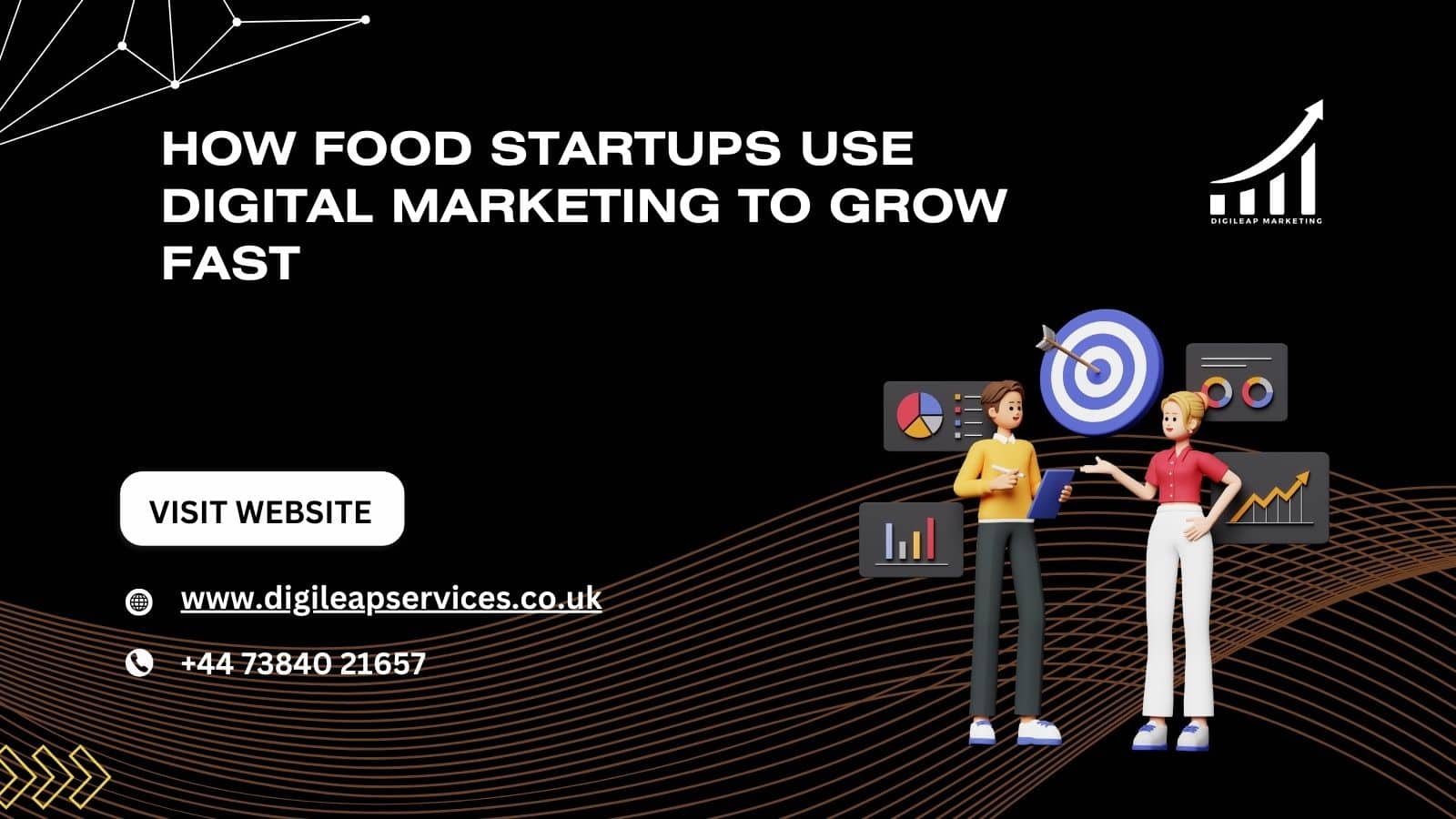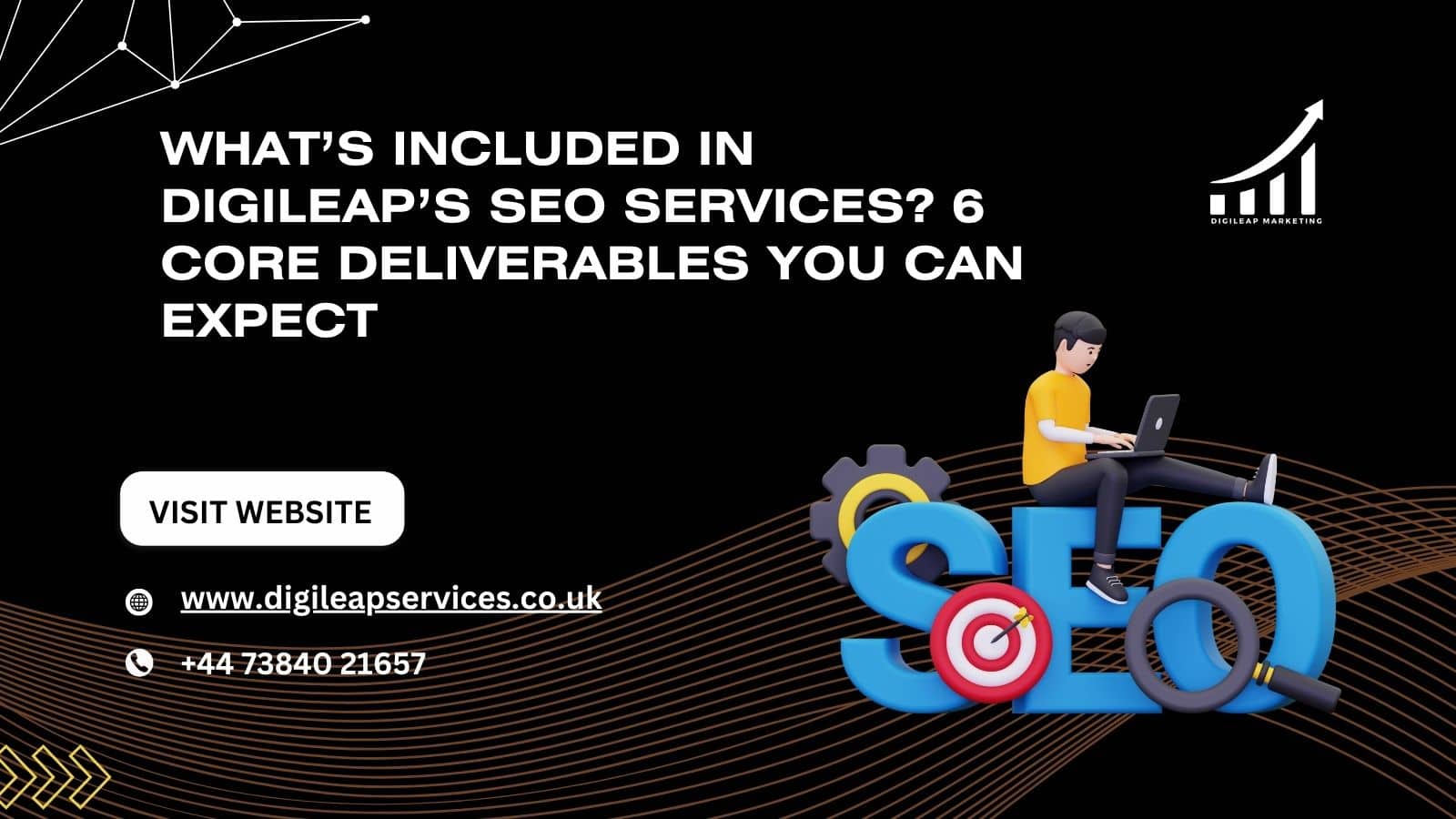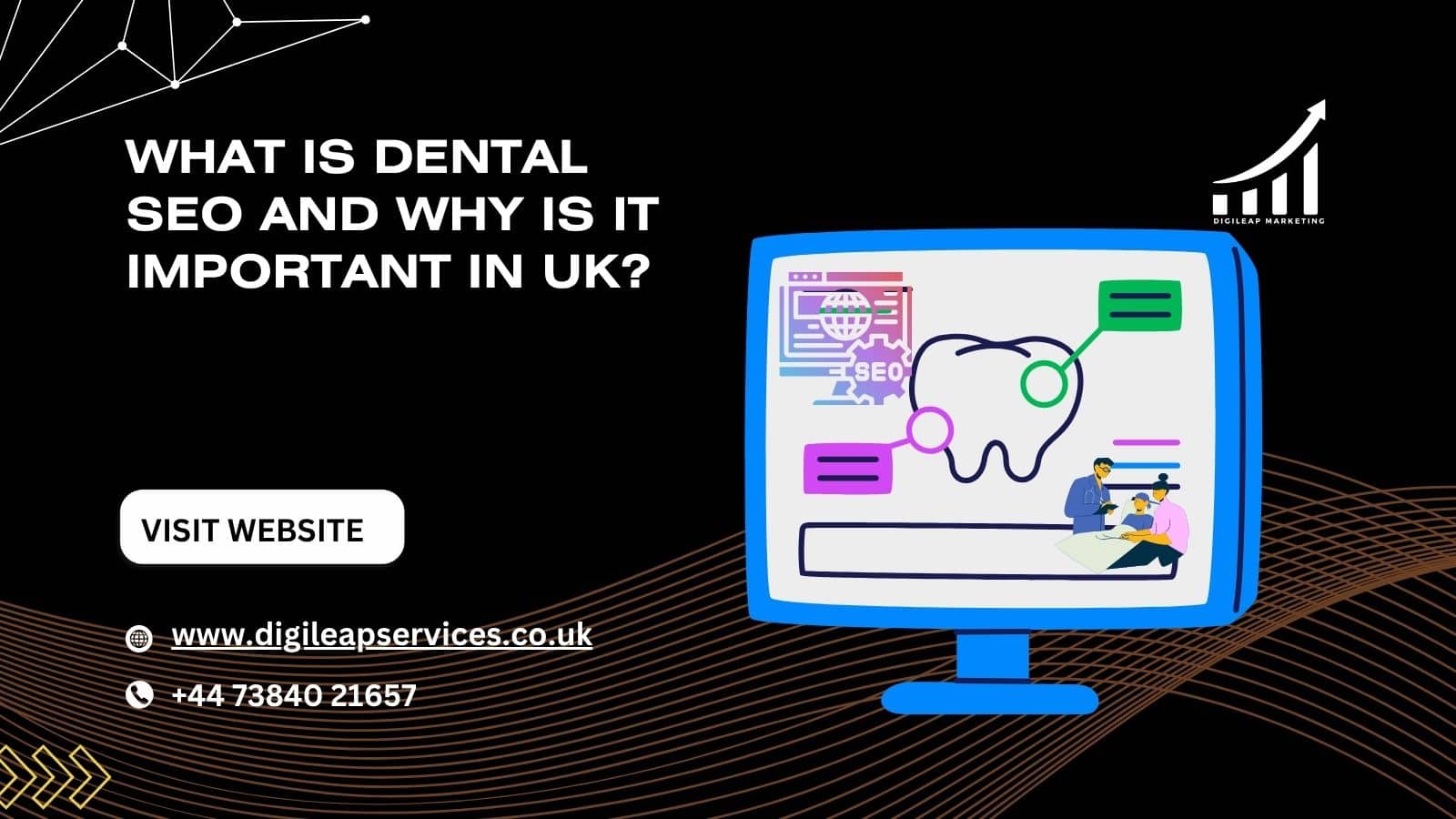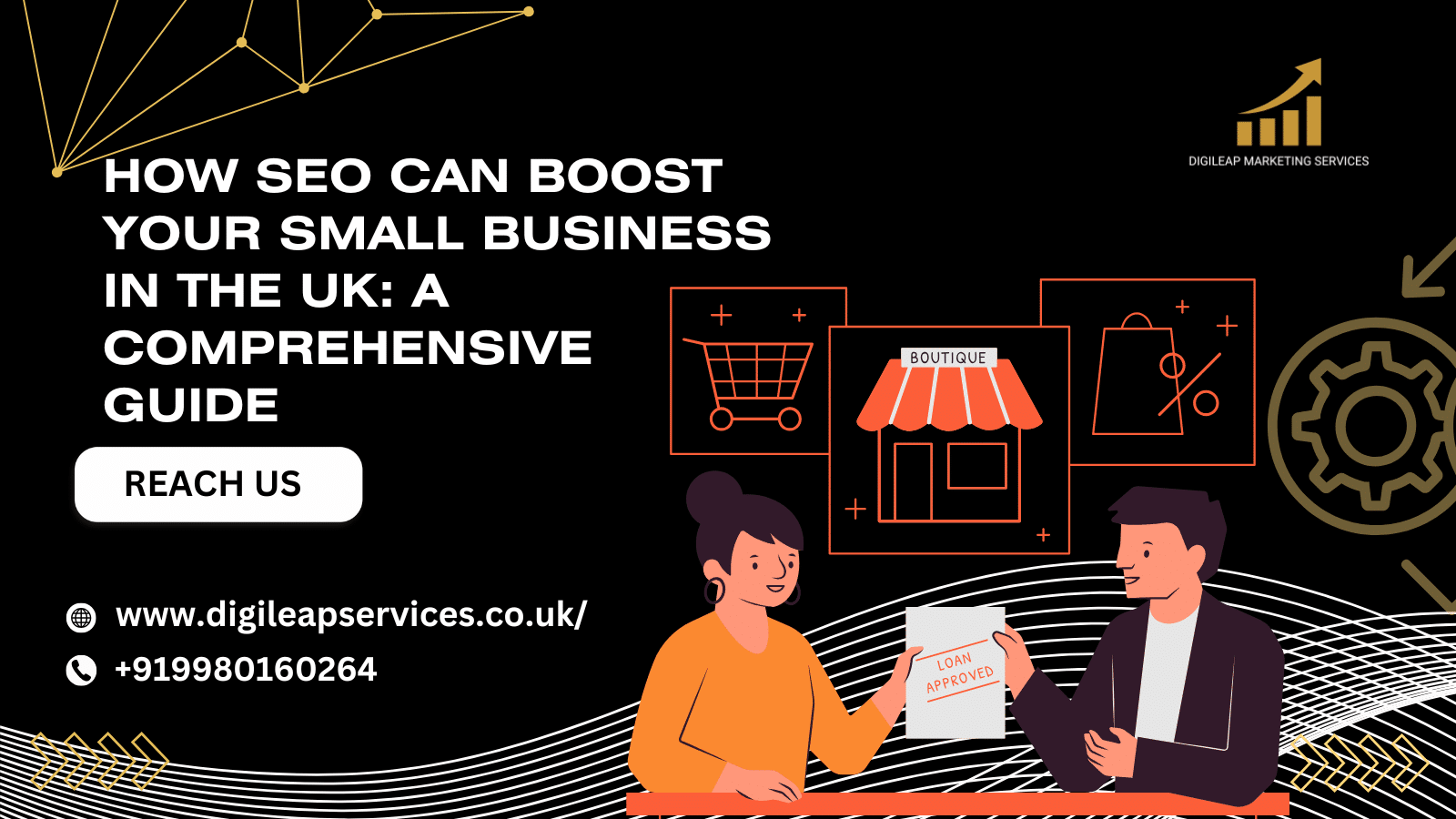How Food Startups Use Digital Marketing to Grow Fast
Digital marketing strategies help new food entrepreneurs grow fast.
Given the fact that most successful food startups either originated digitally or soon go DTC, digital marketing offers some of the greatest opportunities for these businesses to rapidly expand their reach and sales within a compressed time frame. In the razor-thin margin world of food tech and delivery, optimizing digital interfaces, social media, search engine optimization, influencer marketing, and other marketing strategies informed by data and analytics are essential to reach and attract potential consumers. A smart, savvy, focused digital marketing strategy with the right combination and mix of the above can accomplish them all and much more. Real-world metrics, savvy adages from the titans of the industry, and best-in-class case studies from accomplished entrepreneurs will bring each concept to life, turning this blog into the essential guide for any food startup hoping to take their prototype to market.
1. Social Media Storytelling: Building a Brand Persona
Showing your brand’s personality through social media is one of the fastest routes to customer loyalty.
Instagram and TikTok help food startups bring dishes to life through visuals and short videos. A survey found 73% of diners say they’ve been influenced by a restaurant’s social media presence when choosing where to eat ,
A startup might share behind-the-scenes cooking clips, customer testimonials, or staff spotlights.
Quote: “Visual stories create connection—people remember faces and food more than menus.”
2. Search Engine Optimization (SEO): Be Discovered Quickly
Ranking first on Google is crucial because if your would-be customers can’t find you, your food startup remains a best-kept secret.
- SEO doesn’t just refer to adding keywords to your website and blog, having your site load in three seconds or less, and providing great content.
- For a meal-kit startup, those target keywords could be “healthy meal delivery” or “easy dinner kits.”
- A high Google ranking translates into increased traffic to their site, lower cost per click on their advertising, and predictable, sustainable growth.
3. Partnerships & Collaborations: Tap into New Audiences
Work together with some of the right partners, and you can multiply your audience exponentially.
- Consider partnering with local influencers, food bloggers, or even complementary local services. Delivery from railway stations, for example, is an important current focus of this strategy, with Swiggy’s recent partnership with IRCTC demonstrating the move. wikipedia.org.
- The global online food delivery market is projected to increase from $90 billion in 2018 to $294 billion by 2027, en.wikipedia.org.
These kinds of partnerships provide you with direct access to engaged, relevant audiences.
4. Email & SMS Campaigns: Keep Customers Engaged
Email, SMS, and direct messaging in general continue to be some of the highest ROI marketing tactics available to food startups.
Email surprises them with timely messages.
- Regular check-ins: Email is the perfect channel to deliver regular updates and reminders of their loyalty program.
- Email reminders for abandoned carts or combinations that they would be interested in.
- You can expect an average return of $42 for every $1 you spend on email marketing.
5. Influencer & User-Generated Content: Trust Through Authenticity
At the heart of influencer marketing’s impact is a simple reality: people trust people more than brands. Food startups especially capitalize on this through review solicitation and UGC.
- Use influencers. Invite local foodies or food-focused personalities to be among the first to sample your product and share their honest assessment.
- Share user-generated content, whether that’s reposting customers’ Instagram Stories or TikTok featuring your meals. This fosters authenticity.
- Quote: “If a guy like me is raving about your food, I’m going to want to eat it.”
6. Pay‑Per‑Click (PPC) Ads: Immediate Clicks, Measurable Outcomes
When executed like an expert, PPC advertising is a great way to see powerful, immediate results.
Pair SEO with Google Ads targeting local keywords such as “meal delivery Nashik”.Run paid promotion on Facebook and Instagram.
The online food delivery market will reach $151.5 billion by 2025 arxiv.org, 1en.wikipedia.org, 4horecastop.com 4nashikcity.in.
TIP: giving advice, information. Utilize retargeting to reengage those visitors who failed to convert on the initial visit.
7. Mobile-Friendly Experience: Meet Customers Where They Are
With most food orders coming from phones these days—from placing orders to easily visiting your website—your digital presence needs to be mobile-ready.
Keep your website or mobile app optimized so it loads quickly and provides an easy ordering experience.
Cut back content and clutter on menus and checkout forms to make navigation straightforward. A seamless experience increases chances of conversion by over 50%.
Save Analytics & AI: Drive Smarter Decisions
- Data is the undisputed magic ingredient driving hypergrowth.
- Tools such as Google Analytics and in-app tracking let startups track what’s working and what isn’t. This new study demonstrated that AI-driven personalized recommendations beat traditional ads by serving timely, relevant product suggestions rooted in user behavior arxiv.org. For instance, meal-kit delivery services such as HelloFresh employ AI to anticipate demand more accurately, maximizing efficiency and profits ft.com.
8. Analytics & AI: Drive Smarter Decisions
Data is the magic behind turbo-charged growth.
Tools such as Google Analytics and in-app tracking give early-stage startups the ability to test what works and what does not.
A recent study showed that AI-driven personalized recommendations are far more effective than traditional ads by providing relevant suggestions based on user history. For instance, demand forecasting by picture meal-kit services such as HelloFresh employs AI to forecast demand, reduce waste, and boost profits ft.com .
9. Ghost Kitchens & Delivery‑Optimized Content
In this regard, virtual-only kitchens (ghost kitchens) aren’t necessarily a solution. Virtual kitchens depend entirely on their digital-first approach—no pun intended.
- Local SEO means optimizing your content to rank for delivery terms such as “pizza delivery near me”.
- Having high-quality photos and clear, enticing menus improves conversion to a reservation.
- The online food ordering industry skyrocketed from $90 billion to $294 billion (2018–2021) en.wikipedia.org
10. Loyalty & Referral Programs: Grow Through Word-of-Mouth
Rewarding loyal customers and incentivizing referrals can make growth a flywheel.
- Provide discounts, free sides, or priority access to new menu items.
- Referral perks
- Let your happy customers do the talking. They say you know a restaurant is good when your friends are willing to go out of their way to tell you.
Stat: Loyalty programs sway 58% of consumers’ decisions on where to dine (horecastop.com, nashikcity.in).A properly engineered referral system drastically lowers your customer acquisition costs.
Insight Corner: Real‑World Success Models
HelloFresh & Meal‑Kit Growth
- Turned a €14 million revenue in Year 2 into €7.6 billion in 2023, doubling annually ft.com.
- AI-powered marketing, partnerships, and data optimization helped them balance growth with profitability.
Swiggy’s Innovative Moves in India
- Rolled out partnerships with IRCTC and drone-delivery trials—showing how startups use innovative digital marketing alongside tech to stand out .
TL;DR
How Food Startups Use Digital Marketing to Grow Fast – here’s the recap:
- Social Media Storytelling builds a memorable brand.
- SEO ensures you get found online.
- Partnerships expand your reach.
- Email & SMS keep customers coming back.
- Influencers & UGC build trust through authenticity.
- PPC Ads bring fast, measurable results.
- Mobile Optimization meets customers where they are.
- Analytics & AI power smarter strategies.
- Ghost Kitchens depend on delivery‑optimized marketing.







